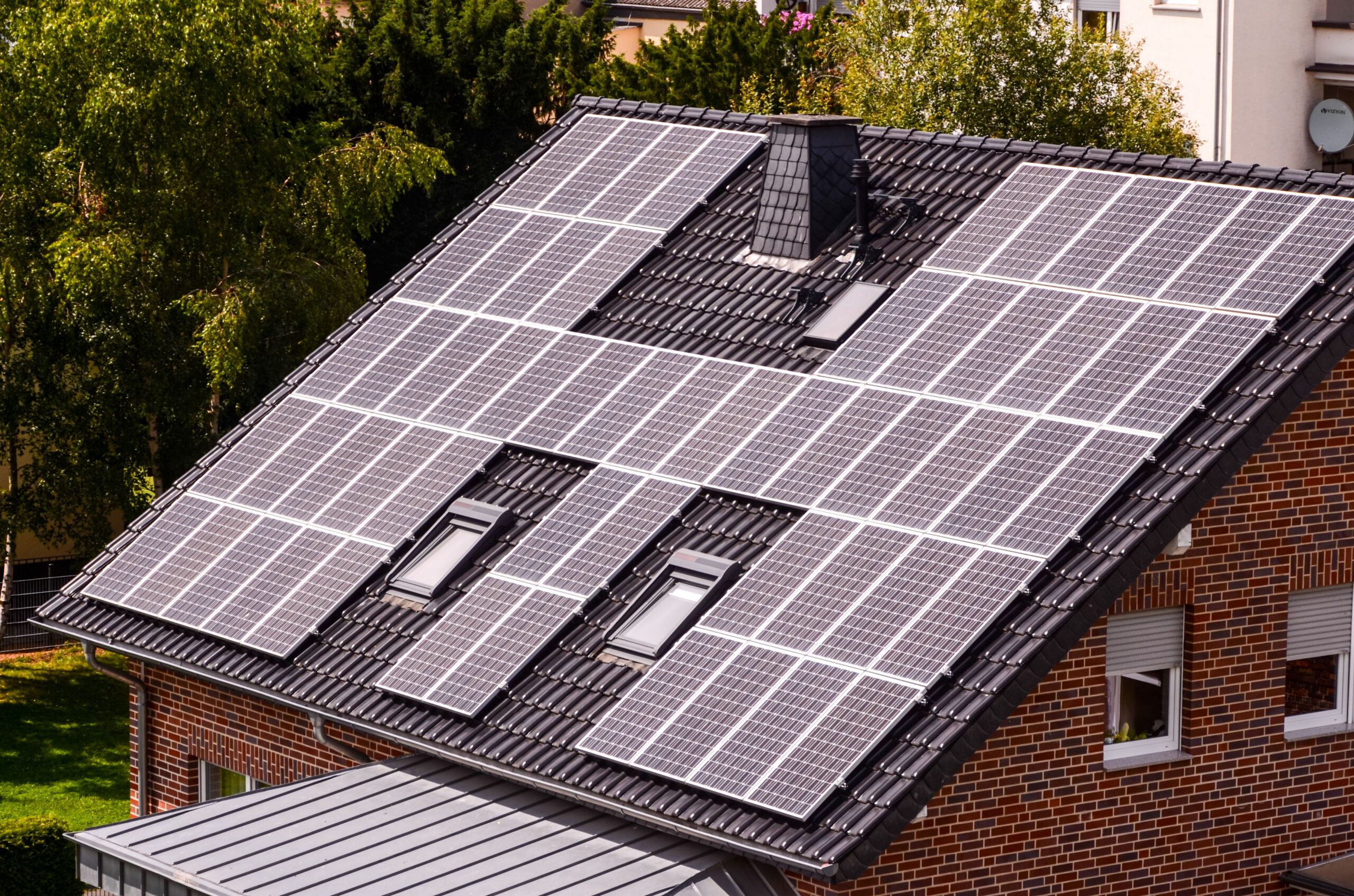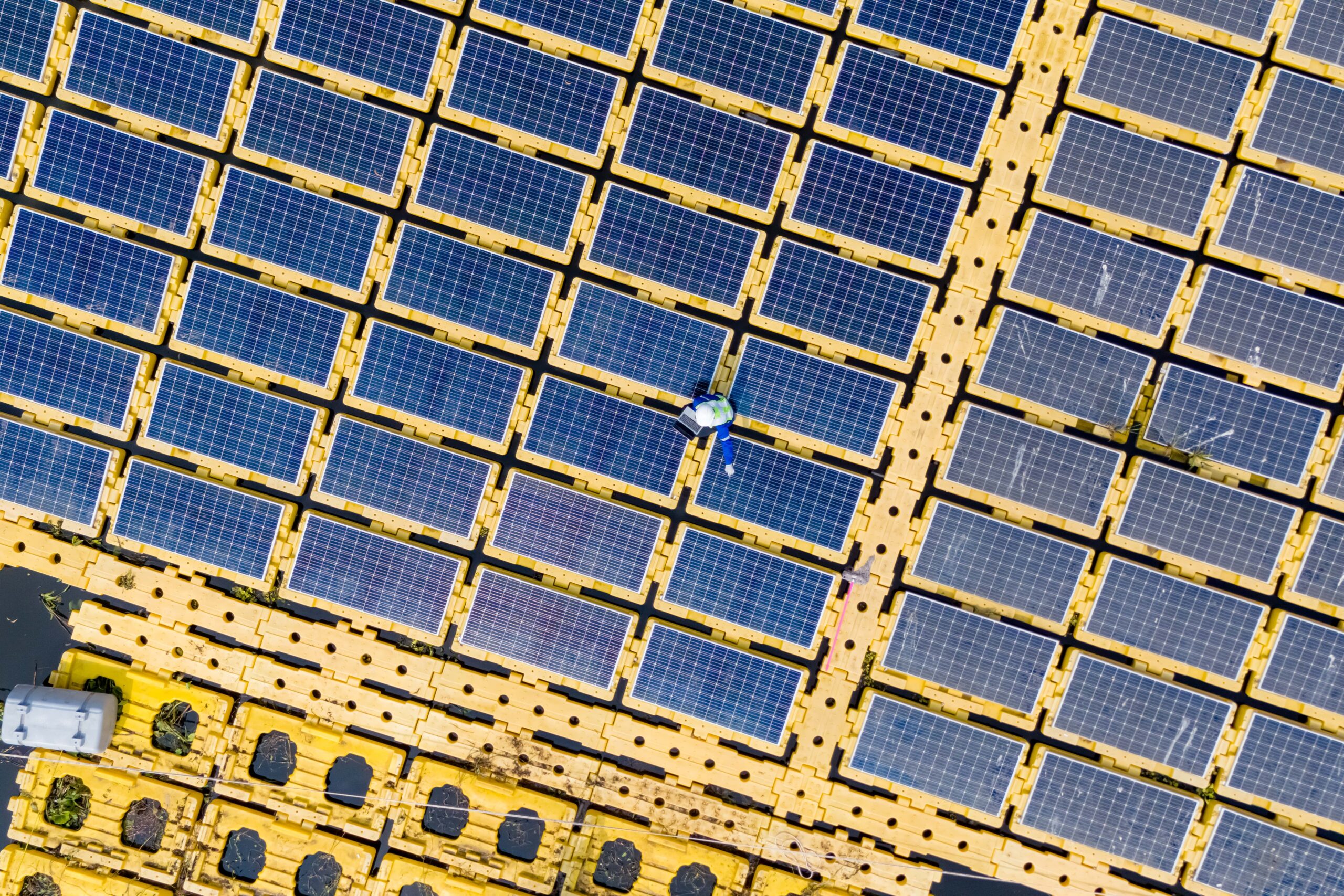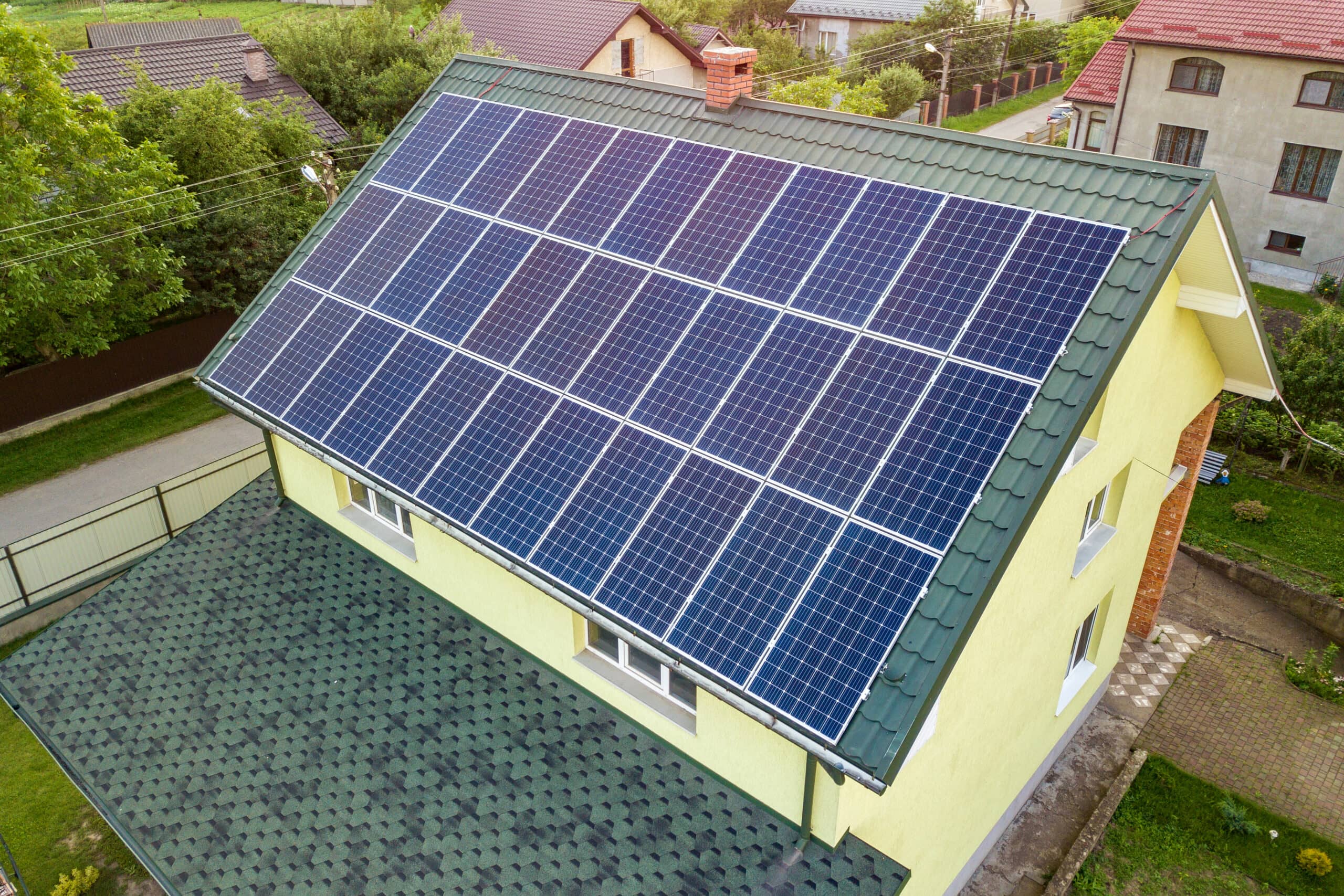Solar panel installations have been gaining tremendous popularity in recent years. As more people embrace renewable energy and seek to reduce their carbon footprint, solar panels have become a go-to choice for generating clean electricity. However, it’s not just about installing solar panels; choosing the right roof is equally crucial for optimal performance and longevity.
In this article, we will explore the growing popularity of solar panel installations and the importance of selecting the best roof for your solar panels. We’ll discuss the factors to consider when determining whether a new roof is necessary before installing solar panels. Additionally, we’ll highlight the significance of having a structurally sound and durable roof to support the weight of the panels and withstand various weather conditions. So, let’s dive in and shed some light on this exciting topic!
Assessing Roof Compatibility
Before installing solar panels, it’s essential to consider whether you need a new roof. Here are some factors to think about:
- Take a look at the age and condition of your current roof. If it’s nearing the end of its lifespan or has significant damage, replacing it before installing solar panels may be a good idea. A new roof will provide a strong foundation for your solar panel system.
- Consider the structural integrity of your roof. While solar panels do add weight to a roof, modern panels are not excessively heavy, and most residential roofs can support them without issues. A structurally sound and durable roof will ensure the stability and longevity of your solar panels.
Let’s explore the compatibility of your roof with solar panels:
i. Material of Roofing: Different roofing materials, like asphalt, metal, or tile, have varying compatibility with solar panels. Factors such as weight, durability, and installation complexity should be considered.
ii. Pitch of Roofing: The angle or pitch of your roof affects solar panel placement and energy production. Certain roof pitches are ideal for maximizing solar panel efficiency.
iii. Shape and Size of Roof: The shape and size of your roof impact solar panel layout and installation options. Consider any obstructions and available space for solar panel arrays.
iv. Shade Around Roof: Assess potential shading from nearby structures, trees, or other obstructions. Strategies can be implemented to mitigate shading effects and optimize solar panel output. It’s also important to note that modern solar technology, such as microinverters and optimizers, can mitigate the impact of shading on overall system performance.
Considering these factors will help you determine the compatibility of your roof with solar panels.
Solar Panel Installation Process
Solar panels are attached to the roof using mounting systems designed to secure them in place. The specific attachment method depends on the roof’s type, whether flat or sloped.
One standard method for flat roofs is a ballasted mounting system. This involves using weights or ballasts to hold the solar panels in place without penetrating the roof surface. It’s a non-intrusive option that doesn’t require drilling into the roof.
On the other hand, a roof penetration mounting system is often used for sloped roofs. This involves attaching the solar panels to the roof by penetrating the roof surface with bolts or screws. This method provides a secure and durable attachment, ensuring the panels stay in place even during extreme weather conditions.
When installing solar panels, it is essential to work with a professional installer who will assess your specific roof type and recommend the most suitable mounting system for your situation.
How Do Solar Panels Attach to My Roof?
When it comes to mounting solar panels, different systems and attachment methods depend on the type of roof you have. For flat roofs, a common option is a ballasted mounting system. This involves using weights or ballasts to hold the panels in place without penetrating the roof surface. It’s a non-intrusive method that doesn’t require drilling into the roof.
On the other hand, a roof penetration mounting system is often used for sloped roofs. This method involves attaching the panels to the roof by penetrating the surface with bolts or screws. It provides a secure attachment, ensuring the panels stay in place even during harsh weather conditions.
Each method has its implications. Ballasted mounting is easier to install and doesn’t require roof penetrations, but it may not be suitable for high-wind areas. Roof penetration mounting provides a more secure attachment but requires drilling into the roof.
It is essential to work with a professional installer who can assess your specific roof type and recommend the best mounting system for your situation. They’ll consider factors like your roof’s structure, local weather conditions, and any applicable building codes.
How Do Solar Panels Affect My Roof?
Solar panels can have both positive and minimal impact on your roof. In terms of roof integrity, solar panels provide an additional layer of protection by shielding it from the elements when installed properly. They act as a barrier against rain, hail, and UV rays, which can help extend the lifespan of your roof.
Regarding ventilation, solar panels are typically installed a few inches above the roof surface, allowing air to circulate and minimizing impact on the roof’s ventilation system.
Regarding roof leaks, professional installers ensure the panels are properly sealed and waterproofed during installation. This helps minimize the risk of leaks. However, roof inspections are always a good idea to catch potential issues early on.
Maintenance access is another common concern. Although solar panels can make accessing your roof slightly more challenging, most installers design the system with maintenance in mind. They provide access points or pathways for technicians to reach and service the panels safely.
Lastly, snow accumulation can be a concern in areas with heavy snowfall. However, solar panels are typically installed at an angle, allowing snow to slide off more easily. Additionally, the heat generated by the panels can help melt snow faster.
If you’re considering solar panels, it’s essential to consult with a professional installer who can assess your specific roof and address any concerns you may have. They can provide personalized advice based on your unique situation.
Does Installing Solar Panels Affect My Roof Warranty?
When it comes to solar panel installation and your roof warranty, it’s essential to check the specifics of your warranty. Some roof warranties may have clauses that address the installation of solar panels.
In some cases, installing solar panels may impact the warranty coverage for specific roof components. For example, if the installation requires making holes in the roof or modifying it, it could affect the warranty for those areas.
Consider contacting your roof manufacturer or installer directly. They can provide you with the most up-to-date and accurate details regarding your specific roof warranty and how it may be affected by solar panel installation.
Remember, it’s always a good idea to review the terms and conditions of your roof warranty and consult with professionals to ensure you clearly understand how solar panel installation may impact it.
Choosing the Best Roof for Solar Panels
When choosing the best roof for solar panels, there are a few key considerations to remember. Here are some recommendations based on factors like roof type, condition, geographical location, and energy goals:
1. Roof Type: Solar panels can be installed on various roofs, including asphalt shingles, metal roofs, and flat roofs. Ensure that your roof is structurally sound and can support the weight of the panels.
2. Roof Condition: A good roof is essential before installing solar panels. If your roof is nearing the end of its lifespan or needs repairs, it’s best to address those issues before installing solar panels.
3. Geographical Location: Consider the amount of sunlight your location receives throughout the year. Ideally, roofs facing south with minimal shading will maximize solar energy production.
4. Energy Goals: Determine your energy goals and the solar system size you need. Evaluate your energy consumption and calculate how much electricity you want to generate with solar panels.
It’s always a good idea to consult with a professional solar installer who can assess your specific roof and provide personalized recommendations. They can evaluate factors like roof orientation, tilt, and shading to help you make the best decision.
Remember, choosing the right roof for solar panels is crucial for maximizing energy production and ensuring a successful installation.






